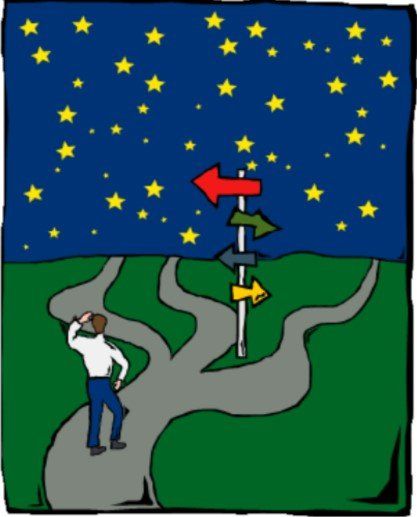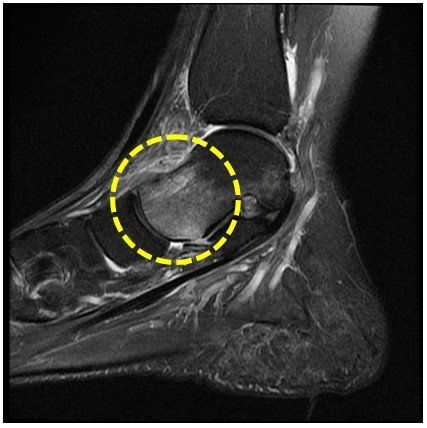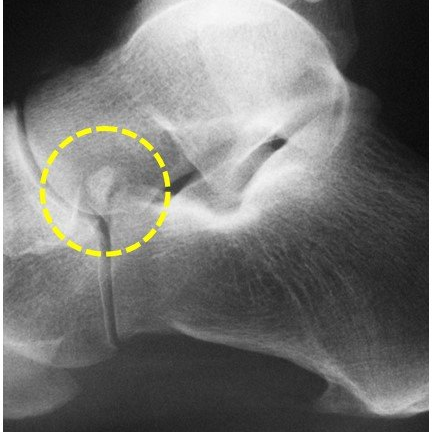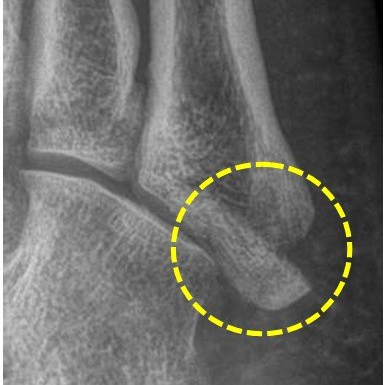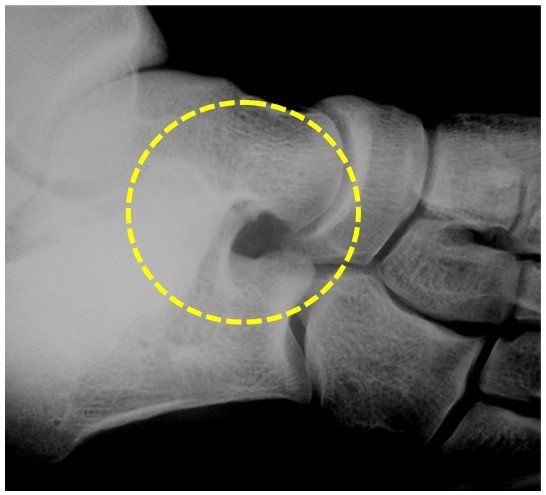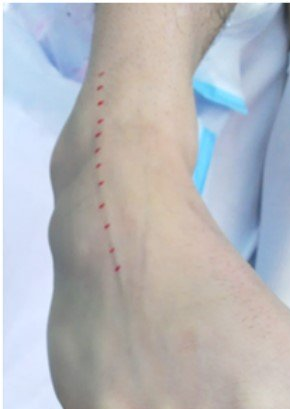Why Is My Ankle Sprain Not Getting Better?
Causes of Prolonged Recovery
Most ankle sprains getter better with time. How long depends on severity and if appropriate rehabilitation is given. 20% of severe sprains do not progress to recovery as expected.
There are several common causes:
- synovitis and impingement (“pinching”)
- ankle cartilage injury (osteochondral lesion)
- syndesmotic injury
- ankle instability
- peroneal tendon issues
- bone bruising
- fracture
- sinus tarsi syndrome
- nerve irritation.
For further information on these conditions, please see their pages under the ANKLE menu or below.
Bone Bruising
Until the common use of MRI scanning, this condition was not well known. It is a cause of on-going pain and swelling after injury, particularly of the knee, ankle and foot.
Microscopic injury to the inside of the bone causes fluid build-up which causes pain. A simple way to think of this injury is pressing on polystyrene or honeycomb and slightly crushing it. This is like a bone about to break, but not breaking.
Fortunately, bone bruising eventually heals on its own
but this can take months.
MRI
is the best investigation as it clearly shows the fluid inside the bone (see image).
Treatment includes reducing impact activities, maintaining bone health though diet and not smoking, anti-inflammatories, and medications used to treat osteoporosis (bisphosphonates, teriparatide, etc).
Fractures
Another cause of an ankle sprain not getting better is an ankle or foot fracture (see images below). Rarely, a major fracture occurs but most are small fragments of bone pulled off during the sprain.
These injuries can require surgery if the bone fragment is large, displaced or does not heal with time in a “moon-boot”.
Sinus Tarsi Syndrome
Occasionally, an ankle sprain can also injure the ligaments supporting the subtalar joint directly below the ankle (see image). This can lead to chronic pain around lateral ankle and hindfoot.
Sinus tarsi syndrome can respond to physiotherapy, orthotics, bracing and cortisone injections. If it does not settle, arthroscopic surgery to remove inflamed scar tissue may be offered.
Nerve Irritation
Spraining the ankle can stretch the nerves
in the skin. This is usually the superficial peroneal nerve which supplies feeling to the top of the foot (see image).
People with this injury have “burning” or “pins and needles”. Fortunately, this usually settles over several weeks, but can become a long-term problem if not detected early and appropriate treatment given.
Skin desensitisation and massage are very important. Vitamin C can also help. “Nerve-pain” medications and other specialised treatments are started when sensitivity is severe.


